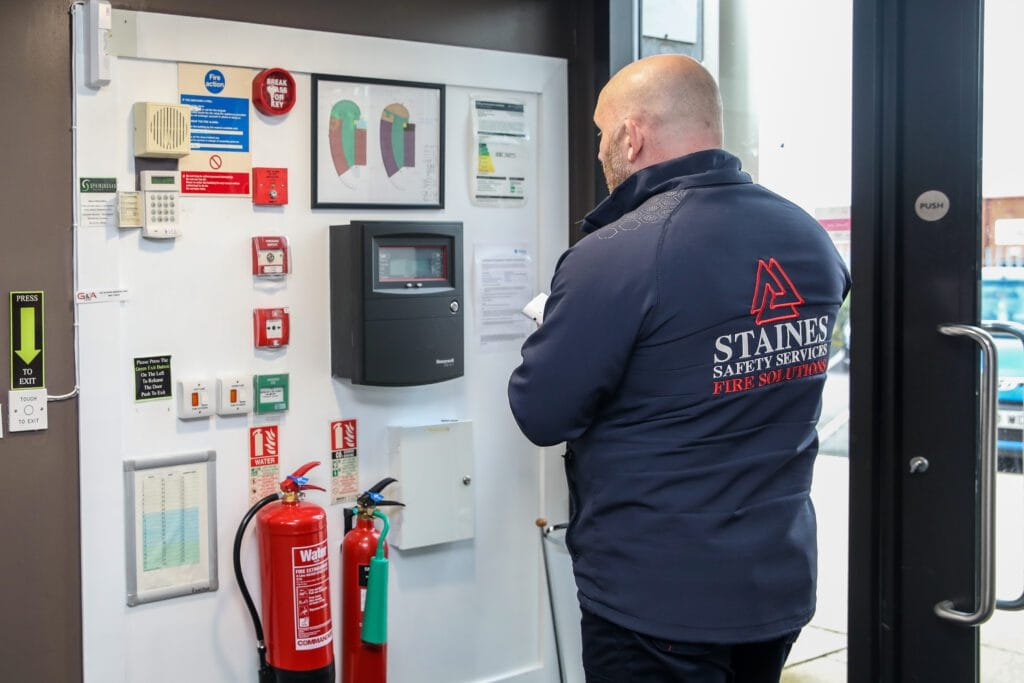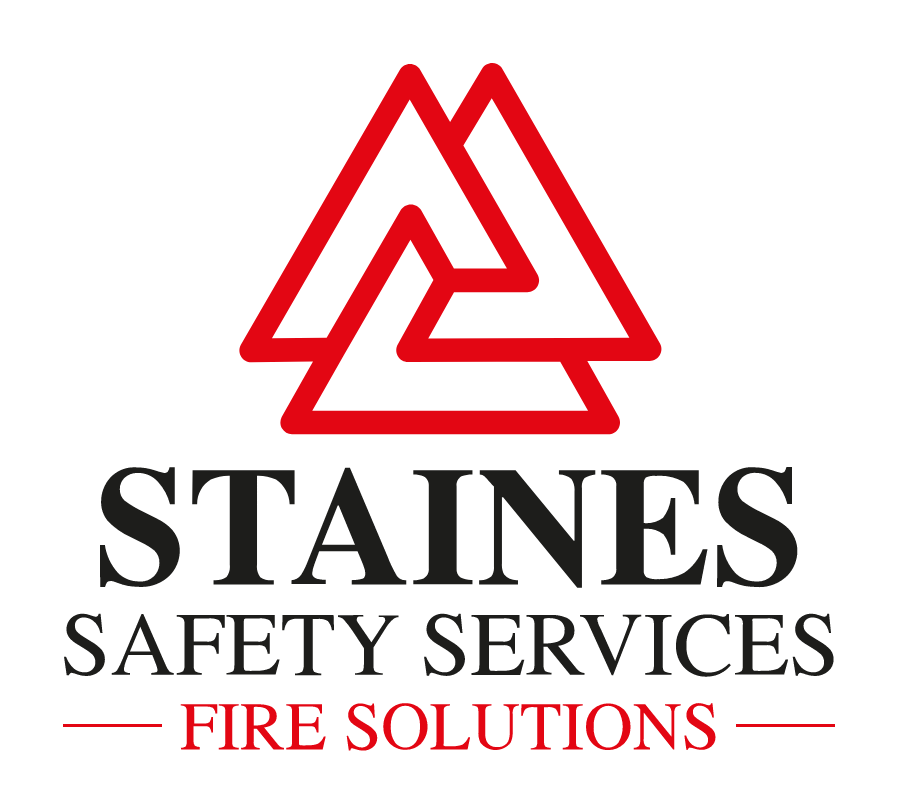HSE Risk Assessments: Ensuring Safety and Compliance in the Workplace
Health, Safety, and Environment (HSE) risk assessments are a cornerstone of creating safe, compliant, and productive workplaces. Whether you’re a business owner, safety officer, or property manager, conducting thorough HSE risk assessments is essential for identifying hazards, protecting employees, and meeting legal requirements. In this blog post, we’ll explore what HSE risk assessments entail, why they’re critical, and how they contribute to workplace safety and regulatory compliance.
What is an HSE Risk Assessment?
An HSE risk assessment is a systematic process of identifying potential health and safety hazards, assessing their risks, and implementing measures to mitigate them. It covers health, safety, and environmental factors that could impact employees, visitors, or the surrounding environment. Governed by regulations like the Health and Safety at Work Act 1974 and the Management of Health and Safety at Work Regulations 1999, HSE risk assessments are a legal requirement for businesses and organisations across the UK.
Why Are HSE Risk Assessments Important?
HSE risk assessments are vital for creating a safe working environment and ensuring workplace compliance. Here’s why they matter:
- Protect Employees: Identify and eliminate hazards to prevent accidents, injuries, and illnesses.
- Ensure Compliance: Meet UK health and safety regulations to avoid fines and legal penalties.
- Reduce Costs: Minimize workplace incidents, reducing downtime, medical costs, and insurance premiums.
- Enhance Productivity: A safe workplace boosts employee morale and efficiency.
- Environmental Protection: Address environmental risks to promote sustainability and compliance with environmental regulations.
Key Components of an HSE Risk Assessment
A comprehensive HSE risk assessment follows a structured process to ensure all potential risks are addressed. The key steps include:
- Identify Hazards: Look for anything that could cause harm, such as machinery, chemicals, manual handling, or poor workplace ergonomics.
- Assess Risks: Evaluate the likelihood and severity of harm from identified hazards.
- Control Measures: Implement solutions like PPE (personal protective equipment), training, or engineering controls to mitigate risks.
- Record Findings: Document the assessment, including hazards, risks, and control measures, as required by health and safety legislation.
- Review and Update: Regularly review the assessment to account for changes in the workplace or new regulations.
Common Hazards Addressed in HSE Risk Assessments
HSE risk assessments cover a wide range of hazards, including:
- Physical Hazards: Slips, trips, falls, and machinery-related risks.
- Chemical Hazards: Exposure to harmful substances or improper storage of chemicals.
- Ergonomic Hazards: Poor workstation design or repetitive strain injuries.
- Fire Hazards: Faulty wiring, flammable materials, or blocked emergency exits.
- Environmental Hazards: Pollution, waste management, or noise pollution affecting the workplace or community.
Who Should Conduct HSE Risk Assessments?
While small businesses may conduct HSE risk assessments internally, larger organisations or those with complex risks should engage health and safety consultants. A qualified professional ensures:
- Compliance with HSE regulations and standards like COSHH (Control of Substances Hazardous to Health).
- Thorough identification of workplace hazards and appropriate risk control measures.
- Detailed documentation to meet legal requirements.
- Recommendations for safety training and ongoing risk management.
Benefits of HSE Risk Assessments
Investing in HSE risk assessments offers numerous benefits for businesses and employees:
- Improved Safety: Reduces the likelihood of workplace accidents and injuries.
- Legal Compliance: Ensures adherence to UK health and safety laws, avoiding penalties.
- Employee Confidence: Demonstrates a commitment to workplace safety, boosting morale.
- Cost Savings: Prevents costly incidents, legal fees, and damage to reputation.
- Sustainability: Addresses environmental risks, promoting eco-friendly practices.
How Often Should HSE Risk Assessments Be Conducted?
The frequency of HSE risk assessments depends on the workplace’s risk profile. General guidelines include:
- Annually: For high-risk environments like construction sites or factories.
- Every 2-3 Years: For low-risk settings like offices, unless significant changes occur.
- After Incidents or Changes: Following accidents, new equipment installations, or updates to health and safety regulations.
Regular reviews ensure that risk assessments remain relevant and effective.
Legal Requirements for HSE Risk Assessments
Under the Health and Safety at Work Act, employers with five or more employees must document HSE risk assessments. Key legal requirements include:
- Identifying significant hazards and risks.
- Implementing appropriate control measures to minimise harm.
- Providing health and safety training to employees.
- Keeping records of assessments and reviewing them regularly.
- Ensuring compliance with specific regulations like COSHH, DSEAR (Dangerous Substances and Explosive Atmospheres Regulations), and fire safety regulations.
Failure to comply can result in fines, legal action, or reputational damage.
How to Choose a Professional HSE Consultant
For businesses seeking external expertise, selecting a qualified health and safety consultant is crucial. Consider the following:
- Accreditation: Look for certifications from bodies like IOSH, NEBOSH, or IIRSM.
- Experience: Choose consultants with expertise in your industry, such as construction, manufacturing, or office environments.
- Comprehensive Services: Opt for providers offering risk assessments, safety audits, and employee training.
- Reputation: Check reviews or testimonials to ensure reliability and quality.
Integrating HSE Risk Assessments with Other Safety Measures
HSE risk assessments work best when combined with other health and safety practices, such as:
- Fire Risk Assessments: Addressing fire hazards and ensuring fire safety compliance.
- Safety Training: Providing IOSH training or fire marshal training to empower employees.
- Workplace Inspections: Regularly checking safety equipment and emergency procedures.
- Incident Reporting: Maintaining a system to report and analyze workplace incidents.
Conclusion
HSE risk assessments are a critical tool for ensuring workplace safety, protecting employees, and achieving regulatory compliance. By identifying hazards, implementing control measures, and fostering a culture of safety, businesses can create safer, more productive environments. Whether you’re in a high-risk industry or managing an office, regular HSE risk assessments are essential for compliance and peace of mind.Ready to enhance your workplace safety?
Contact a certified health and safety consultant to schedule an HSE risk assessment and ensure your business meets UK health and safety standards.

